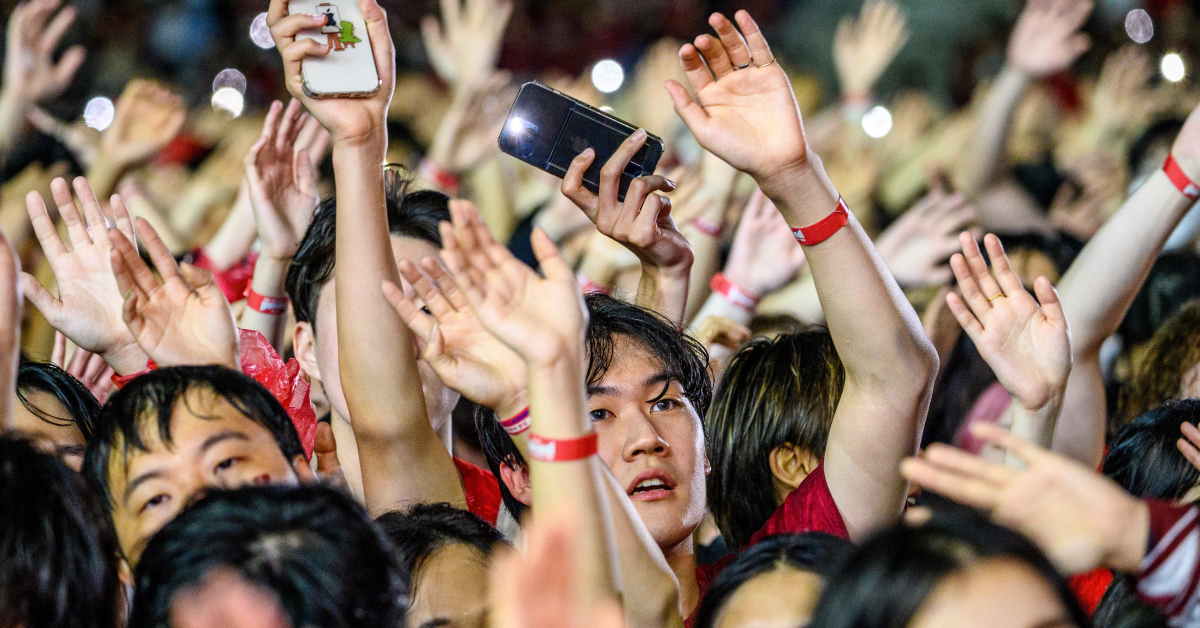After a mass trauma comes the mass forgetting. No one really wants to talk about COVID any more, even though it tore through every dimension of our lives. But now it’s as if the disruption was so great, weird, terrible and abrupt, that we cannot incorporate it into our present and future narratives.
And so, we have done a remarkable and largely collective job of acting like the pandemic is over, and – even more – of trying to forget that it even happened.
The pandemic barely comes up as an election issue. COVID-related deaths were announced each day. One death was “too many.” Now COVID-related deaths are on the rise and no one blinks.
In popular culture, the pandemic also shows signs of leaving few, if any, trace elements.
For a collective experience that literally everyone on earth will relate to, it forms very little of our cultural content.
Sitting in a writers’ room last year for a television show, it was decided pretty quickly to not mention the pandemic in the series we were making; it would be too much of a downer to have our characters wearing masks or checking in with QR codes.
And so, it’s not mentioned. Publishers tell me they are also steering clear of what they call “lockdown novels” – books written in lockdown about the pandemic – for the same reason. Readers, after they’ve recovered from two years of lockdowns, don’t want to be reminded of the experience.
Even our health and medical decisions seem somehow tainted with a backlash to the last two years. Take-up of the third dose of the vaccine is sluggish and people are slow to get the flu shot, maybe because they have jab fatigue.
In the United States (US), the Washington Post reported this week that despite “recording more than 100,000 infections a day — at least five times higher than this point last year” a sort of collective act of mass rejection of the pandemic is taking place.
“Parents of children too young to be vaccinated are making cross-country travel plans,” they write. “Octogenarians are venturing to bars. And families are celebrating graduations and weddings with throngs of mostly unmasked revellers – mindful they may get sick. Again.”
In Australia it’s the same story. Cases are at least 35,000 a day, but with a vaccinated population, it’s 2019 all over again. At a party in a crowded pub on Saturday night, the windows were steamed up and people were just sort of draped over each other. The birthday girl blew out the candles (saliva particles propelled through the air, across the cake) and then we all ate the cake.
At the opening night party of a recent writers’ festival, masks were off and people jammed into a space, hugging and kissing – while publishers told me their authors were “dropping like flies” due to COVID and cancelling their events. So deep is the dissociation that we seem wilfully blind to the link between standing 5cm away from someone’s face while salivating on them and the sickness that results.
One friend, who is immunocompromised but has cautiously started venturing out, told me this week, “I was walking home late past the Imperial the other night and the dancefloor was packed. It was jarring to me though … so normal but it also felt extraordinary.”
What feels extraordinary to me is that lockdowns were less than a year ago. The things of that time –Gladys and Kerry, Dan and Brad, the daily press conference and “the numbers”, police fining people for sitting alone on a bench eating a kebab, the 5km limit, the “LGAs of concern” – seem like they are from another era, one we’ve tacitly all just agreed not to talk about, or remember, or dwell on. It’s an era that somehow has a taint of embarrassment about it.
All these things feed into the collective consciousness that this thing is over – sort of. Well not really, but yes, let’s just call it over, because we all, so badly, want it to be over. I’m curious as to what it is in the human psyche that makes such a collective volte-face possible. How, as a collective, have we gone from fear to abandon so very, very quickly – and done so on such a mass scale?
It’s happened before. At the start of the pandemic in 2020, I went looking for novels, art and music that came out of the 1918 Spanish flu – and found virtually nothing. It’s as if an entire society made a decision just to move on from it, leaving very little cultural artefacts for future generations to pick through. In April 2020, this huge omission made no sense to me. But now in June 2022, it does. It’s happening right now.
In May 2020, when things were just beginning, the New York Times asked “When will the COVID-19 pandemic end? And how?”
“According to historians, pandemics typically have two types of endings,” they say. “The medical, which occurs when the incidence and death rates plummet, and the social, when the epidemic of fear about the disease wanes. ‘When people ask, ‘when will this end?’, they are asking about the social ending,’ said Dr Jeremy Greene, a historian of medicine at Johns Hopkins.”
What we are experiencing right now is the pandemic’s social death, which is fascinating to watch from a sociological perspective (or horrifying, if you are vulnerable or immunocompromised).
Vaccinations have eased the severity of the disease and the need for lockdowns; the abandonment of the COVID zero policy has meant the government no longer has to create measures to stop the spread; and a society-wide fatigue with home-schooling and stay-at-home orders have meant that there is little opposition to a return to business as usual.
An era has ended, and maybe one day we’ll wonder if it even happened.
